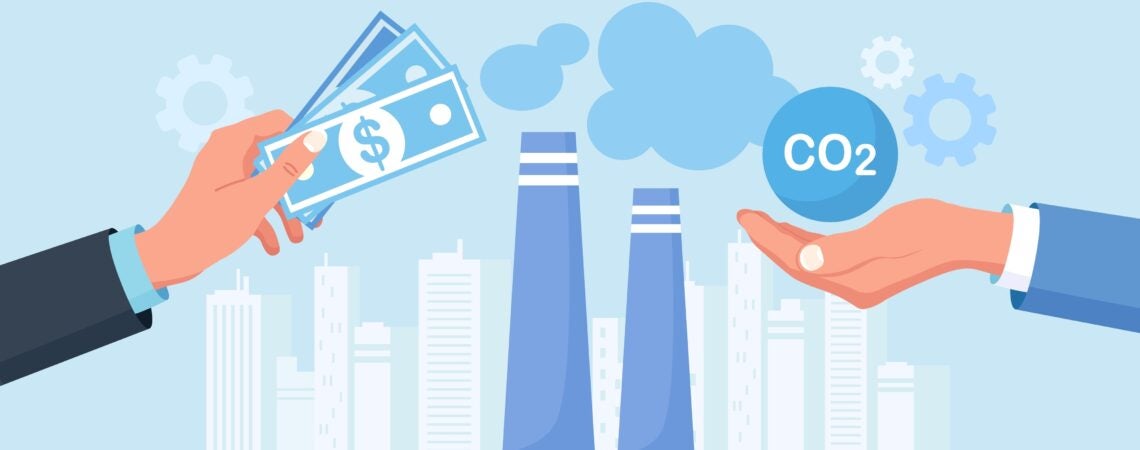Information brief no 7
DECARBONIZATION STANDARDS AND THE IRON AND STEEL SECTOR: HOW CAN THE WTO SUPPORT GREATER COHERENCE?
1 INTRODUCTION
Decarbonization of the iron and steel industry value chain is of critical importance to achieving net zero targets. Iron and steel are essential inputs in nearly every facet of modern life, from construction to transportation and energy. However, iron and steel are among the most energy and emission-intensive industries globally. Iron and steel production is one of the largest coal consumers, accounting for approximately 8 per cent of annual CO2 emissions.
Global steel production has nearly tripled over the past 50 years, and it is the most used and recycled metal worldwide, with 1,864 million tonnes of crude steel produced in 2020. Global steel exports reached 458 million tonnes in 2021, representing around 25 per cent of global steel production. Emissions from steelmaking are generally difficult to reduce because existing efficiency and abatement options are limited and some alternative technologies are costly. It is therefore critical to accelerate global scale-up and commercialization of low-carbon steelmaking technologies, such as those for replacing carbon-based reduction with renewable electricity or green hydrogen, or the use of carbon capture, storage and usage.
Various public and private initiatives are working on the decarbonization of the sector, measuring emissions, setting targets and verifying reductions. These include steel-specific initiatives and standards at the international, regional, national or company level that address:
- facility-level carbon measurement methodologies;
- upstream verification of embedded emissions of steel products;
- emissions intensity performance thresholds;
- certification and labelling;
- recycling of steel scrap.
Government initiatives have also recently prioritized decarbonization of the sector and the measurement of embedded emissions, for example, the EU–US Global Arrangement on Sustainable Steel and Aluminium. There have also been proposals for climate clubs that consider steel as a prime candidate for cooperation. One common challenge is ensuring coherent measurement, verification and traceability across the supply chain.
Numerous standards exist, or are under development, to support these decarbonization efforts. However, it is still unclear which specific measurement methodologies will be used by these various coalitions and initiatives, and how this may impact trade and decarbonization efforts. Moreover, it needs to be clarified how to ensure comparability, transparency and consistency across different methodologies, technologies and countries, and with respect to competing materials such as aluminium or cement. Consistent and transparent measurement, traceability and verification of emission reductions are critical to underpin the spectrum of trade-related climate measures. The right methodologies enable accurate information and comparisons across products, processes and technologies and deliver confidence in net zero claims. It is also important to develop the right methodologies for steel decarbonization standards in situations where governments decide to incorporate them into their domestic regulations.
Concerns about ensuring a level playing field arise as the decarbonization of the steel sector advances at different paces in a world of diverse economies and climate policies. This reflects the bottom-up nature of the global climate policy framework as established by the Paris Agreement. The trade exposure and carbon intensity of the industry mean that under stringent climate policies or pricing first movers can suffer competitiveness losses compared to competitors in other jurisdictions, potentially leading to carbon leakage – including with respect to downstream products.
Applying common global standards can help to avoid first mover problems, but mainly if supported by new markets and demand for these products. Standards also help to create a market for green steel products, facilitate green public procurement support the circular economy, and can be linked to a low-emissions steel mark or label. Global cooperation can contribute to a just transition by ensuring that developing and least-developed countries can be part of the low-emissions steel value chain.
trade-climate-change_info_brief_no7_eTo read the full information brief, please click here.

